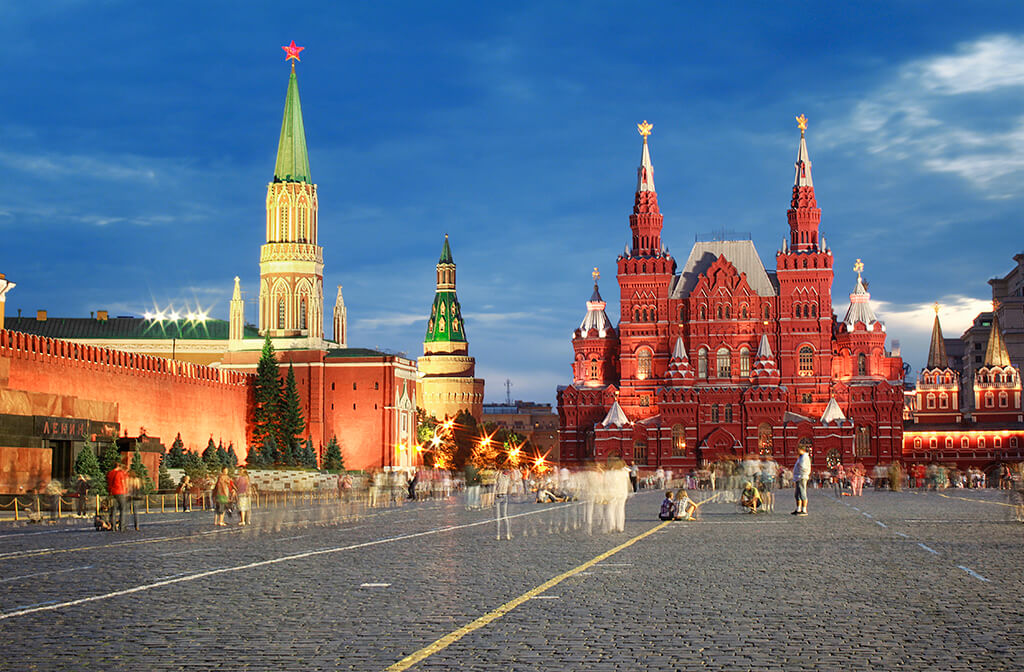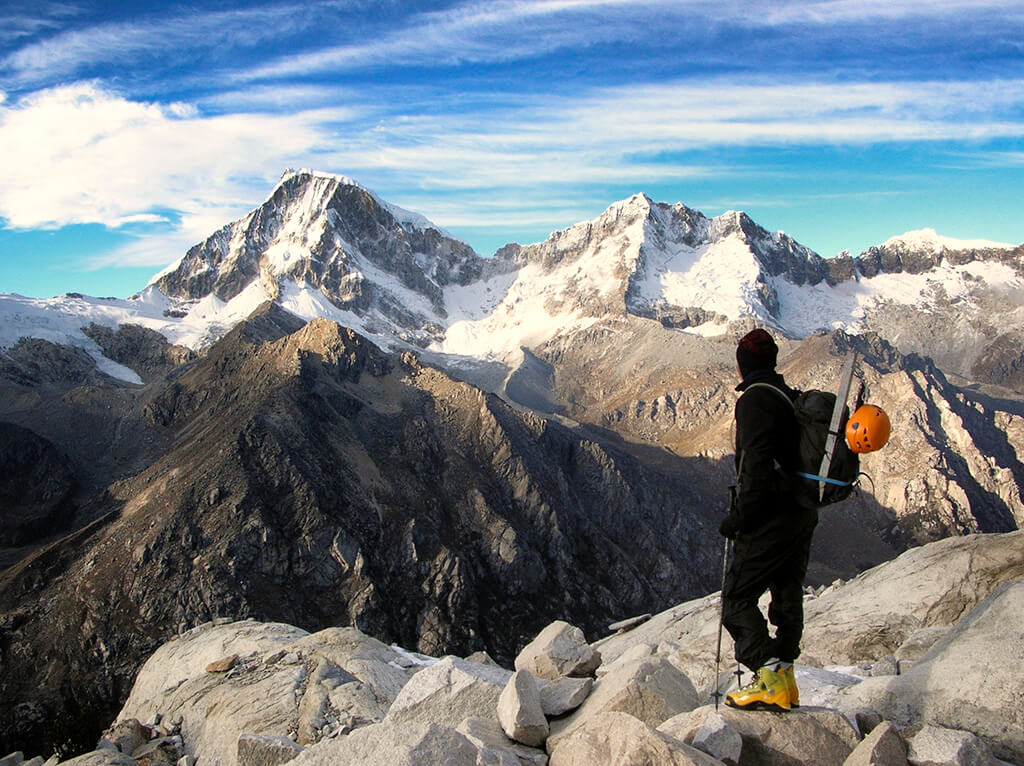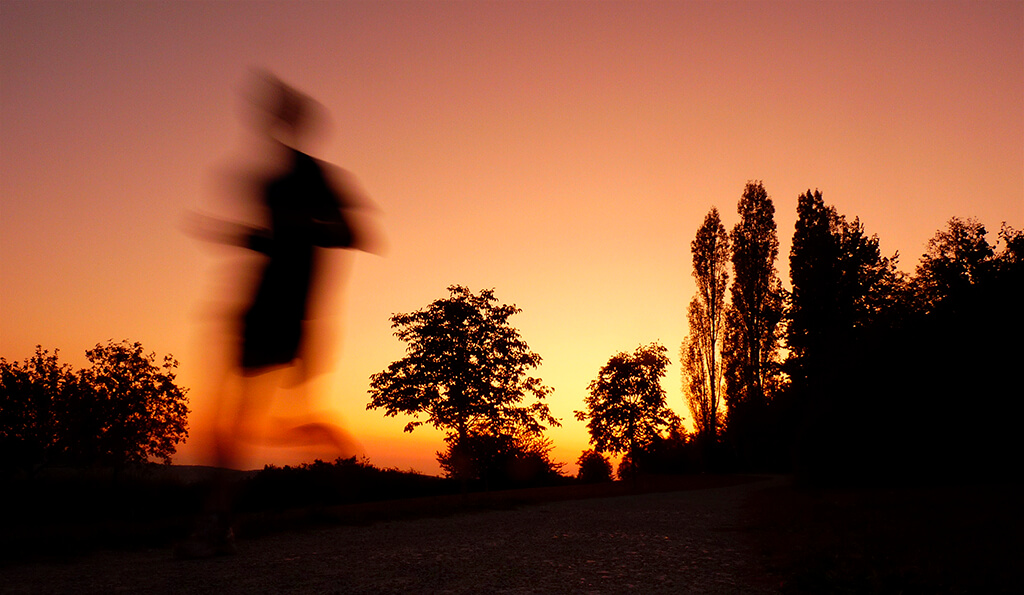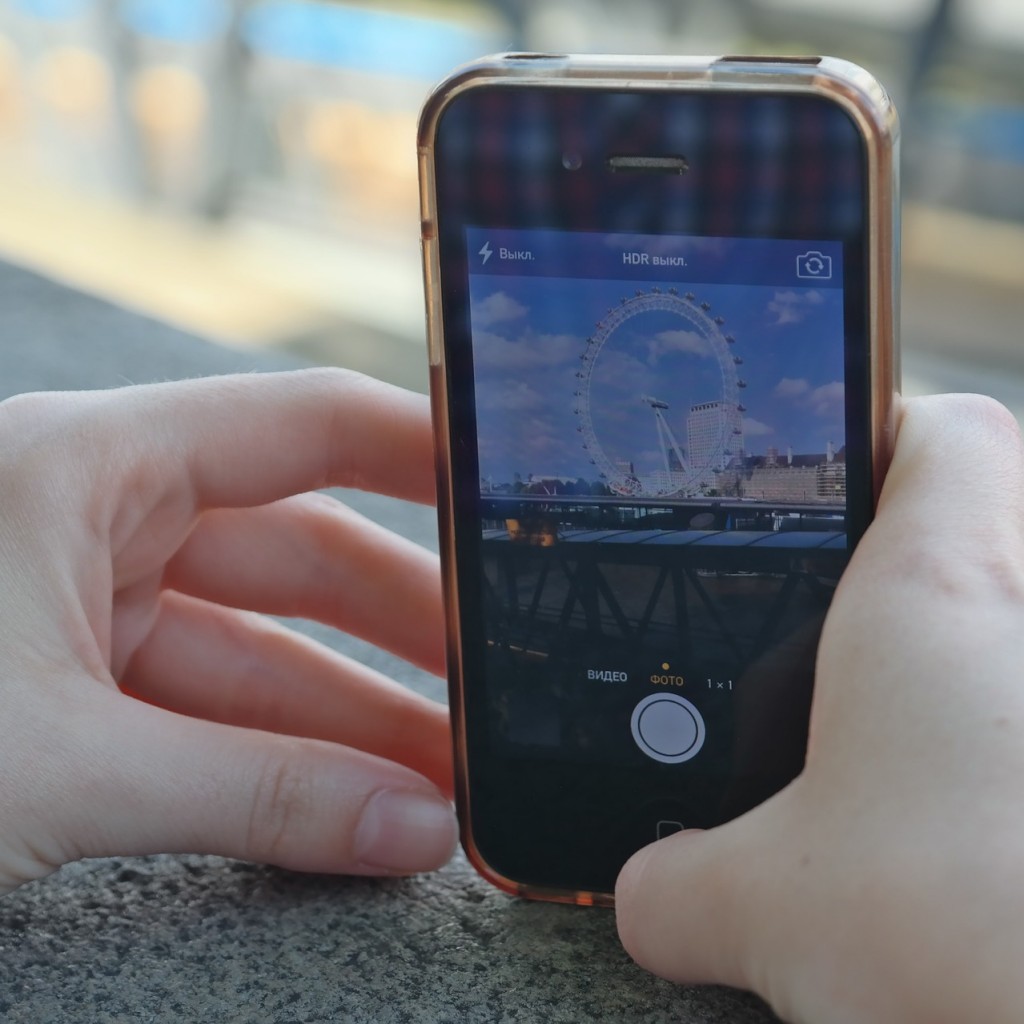Doing something every day can only result in progress. This principle definitely proves true when it comes to photography. It’s easy to get caught up in the mindset that the most important thing is the camera you use. So many people use this as an excuse and they end up wasting precious time. A nice camera won’t you teach you how to work with models, compose your photos, understand lighting, have a good work ethic or know how to shoot that complicated spread for that magazine your client just asked for. Experience will.
It’s like a chef thinking that a nice oven will make that delicious meal that her family enjoys. At the end of the day, the oven just cooks what the chef tells it to. This is the same with a camera, at the end of the day, it will just take the picture. In order to produce consistent beautiful results, you need the skill that comes from time and experience.
The only way to gain these skills is through consistent effort and hard work. There are no shortcuts, so if you want to seriously pursue photography, it’s best to start shooting a lot as soon as possible. I learned this pretty quickly which led me to do a 365 project while I was in high school. I posted the images online so that I could receive feedback and I couldn’t back out.
Effects on your Thinking
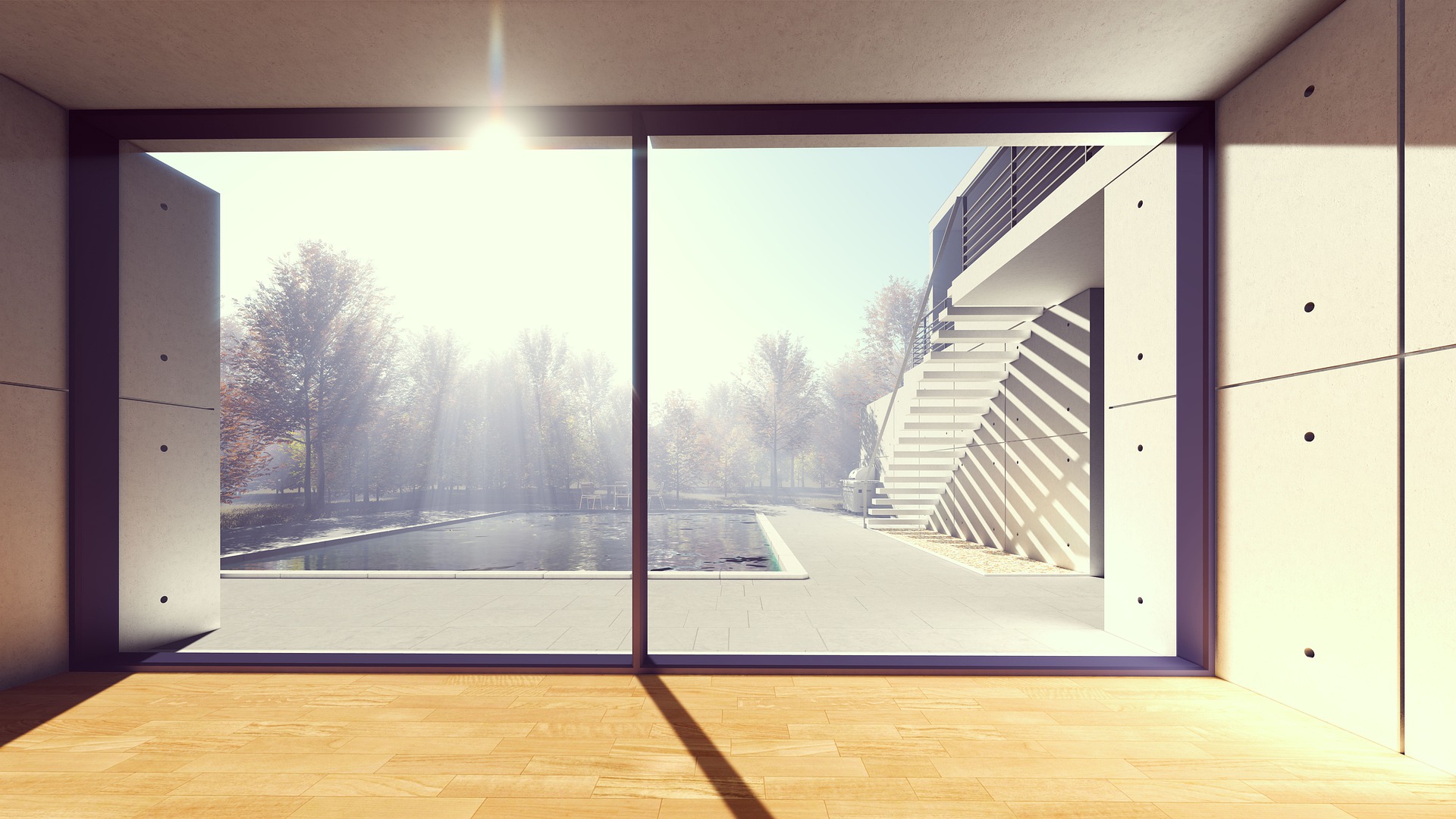
When you start shooting every day you will start to notice that you start perceiving things differently. You start noticing colors, patterns, lights, shapes, and composition differently than before. You almost start analyzing and appreciating even the simple things in life.
You start to think more creatively, and as a result, your photography style will start changing. You start becoming a more well-rounded photographer from exploring previously unappreciated styles of photography. The length of time you spend shooting every day has a direct relationship with your confidence levels as well. You receive a sense of self-satisfaction and pride from the fact that you were able to set a goal and follow through with it. This confidence will push you to tackle more difficult assignments which can eventually lead to securing secular jobs.
Effects on your Portfolio

The most important thing when applying for a job is your portfolio. What can you actually do? At the end of the day, it’s not what equipment you have or where you studied, it’s what have you have actually done and if they feel confident in your abilities based on your past work.
Shooting every single day is literally the best thing you could do to beef up your portfolio. You are adding a new potential piece to your portfolio at the end of each day.
I started doing this in high school and within 6 months I was shooting my schools’ dance team photos, freelancing for a university around the corner and doing senior portraits for tons of people in my class.
On top of that, because I was shooting every day, I was able to have a way more diverse portfolio than most my age. This led to a full ride scholarship at a private university which I eventually attended.
The point proves true. Hard work and consistency pulls through again just like in all every other aspect of life. It is good in every hard work.
Effects on your Efficiency
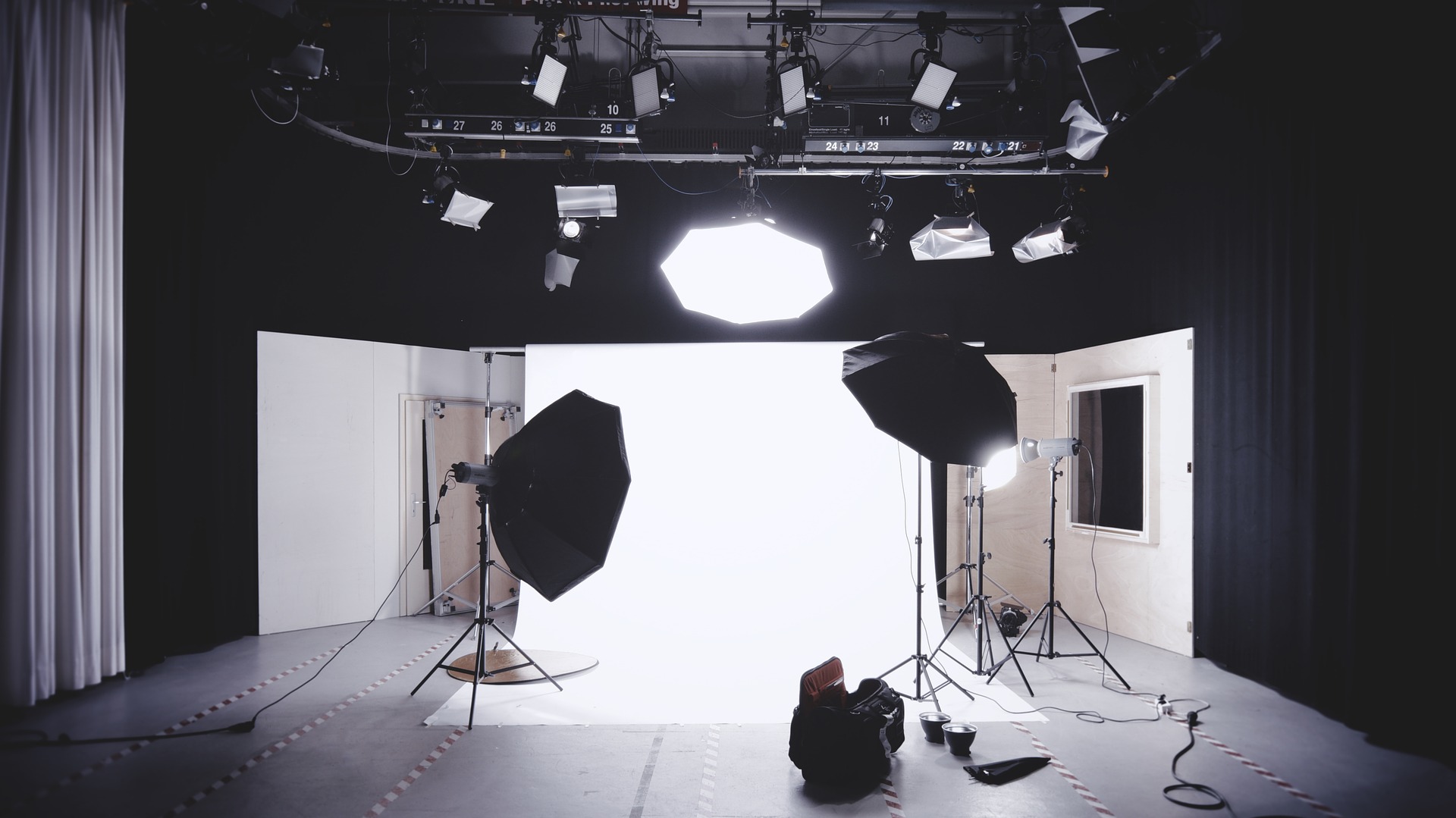
If you’ve ever played an instrument you’ll know that if you stop before you reach a certain level of efficiency you can lose all you previously learned. For instance with piano, if you only play for 6 months and you can’t fully read music, if you take a lot of time off you can literally forget everything. You have to break that learners barrier before you won’t forget and can effectively build on your foundational skills.
This principle applies to photography. If you are inconsistent with your shooting, you can never really break through this learners barrier and build on it. If you are shooting every day, you get to a point where you don’t forget which settings to use or how to approach a certain lighting situation. You just naturally do it and can get the job done without having to think through each step like when you first started.
If you are really hoping to see serious results be prepared to put in serious effort. It is definitely worth it!
Keep learning and have fun!


